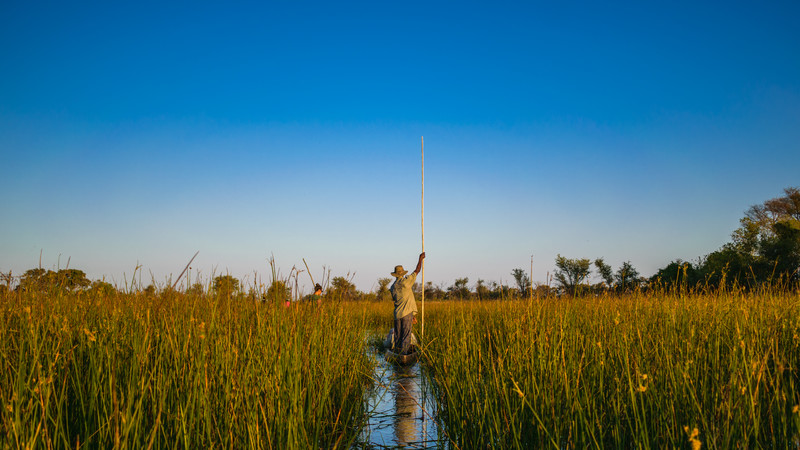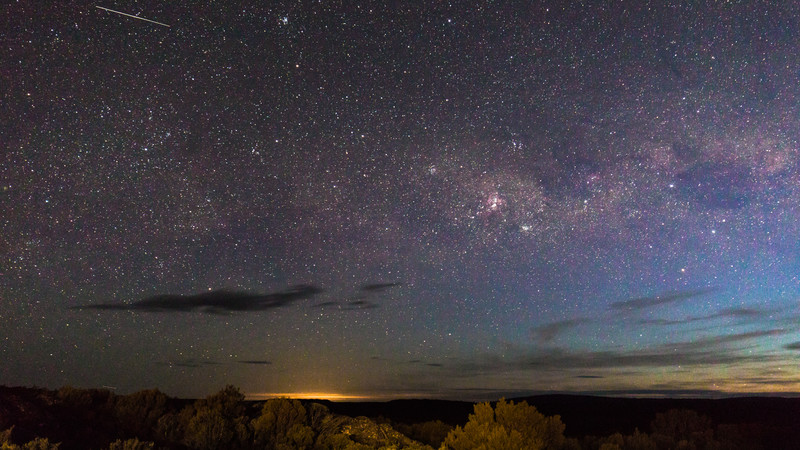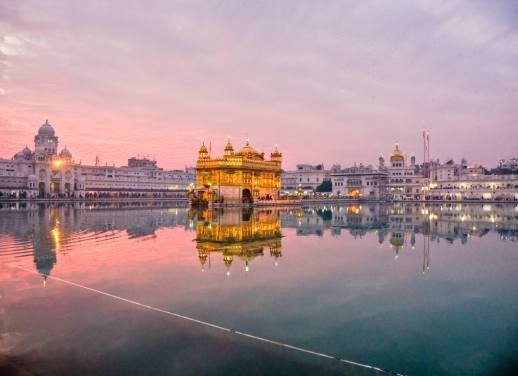UPDATED: This blog was originally published on April 21st, 2017.
This year marks 8 years since Intrepid Travel set a goal to become the biggest carbon neutral travel company in the world.
In late 2010 we achieved this goal through our Carbon Management Plan and all our offices around the globe officially became carbon neutral. The main sources of carbon emission from our trips (transport, accommodation and waste) are also assessed and offset into renewable energy projects. Since then, we’ve offset over 290,000 tonnes of carbon emissions from our trips and offices worldwide, including over 40,000 tonnes of carbon in 2017.
One of the most urgent problems facing our world today is climate change – a problem that the tourism industry can’t ignore any longer. As a travel company, we knew it was our responsibility to sustain and protect the environment we use and enjoy. That’s why we made a commitment 10 years ago to minimise our environmental impact through our Carbon Management Plan, which helps us to operate our business in a sustainable manner, addresses our environmental commitments under the United Nations Global Compact and outlines our carbon offsetting initiatives.
Here are 5 things you should know about our Carbon Neutral plan.
1. How is Intrepid a carbon neutral business?
We work hard to reduce carbon emissions and seek less carbon-intensive alternatives where possible, and then balance the remaining emissions by purchasing internationally-certified carbon credits. To decrease our trips’ carbon footprint, we make sure our trips are low impact by using 21 different kinds of public transportation worldwide, staying in simple, locally-owned accommodation and eating at locally-owned restaurants where the food has been sourced close-by. Offsets are purchased on behalf of each and every one of our travellers, ensuring the carbon emitted from all departures is offset.
In our offices and stores around the world, we also measure, avoid, reduce, and offset carbon-related usage and ‘green out’ our office spaces. We’re always looking for ways to reduce the level of emissions generated and follow our Carbon Management Plan diligently. Ultimately we want to maintain our carbon neutrality year after year.
2. What is carbon offsetting?
Carbon offsets are a way for individuals and businesses to balance out their greenhouse gas emissions by allocating funds to emission reduction programs. Think of it like this: if you ate 300 calories worth of gelato in Italy but then burned 300 calories walking around Rome, the net impact (in terms of calories) of eating the gelato would be zero. While it’s not ideal – in that you probably shouldn’t have eaten that gelato in the first place – it’s far better than not doing anything at all.
Offsetting carbon works in a similar way, but instead of gelato and long strolls in Rome, it is carbon and offsetting that carbon into renewable energy projects in the countries we travel. At Intrepid, we quantify our carbon usage, and then we purchase carbon credits from various projects to offset our impact. We believe investing in the renewable energy industry will help our economies transition from a fossil fuel-dependant society to a cleaner, renewable energy future.

Photo by Chris Castle
3. How did Intrepid trips become carbon offset?
87% of Intrepid’s carbon emissions come from our trips, so naturally we needed to do a lot of work to measure our trip emissions. Our local group leaders initially did detailed assessments of the carbon emissions produced from the transport, accommodation, and waste of 38 of our most popular trips, and then we sent the data to an independent assessor. We were able to use and extrapolate this data across our portfolio of trips by trip style and region.
Today, the vast majority of the Intrepid Group’s trips (including our Intrepid, Peregrine and Geckos brands) are carbon offset (that’s over 1,500 trips!).
READ MORE ABOUT HOW WE OFFSET OUR CARBON
4. What carbon offsetting projects does Intrepid invest in?
Intrepid balances emissions by purchasing carbon credits from three internationally verified carbon reduction projects. Since 2009, our carbon offsetting process has resulted in monetary contributions of over AU$2 million to projects like these.
Wind Power Project (Rajasthan, India)
Located in one of the most arid districts in India, this project plays an important role in reducing CO2 emissions and contributing to the economic growth of the area. Investing in this project has resulted in 2 water storage tanks and 3 water filtration systems installed in the community for public use.
Solar Farm Project (Bambous, Mauritius)
This project supports technology transfer, energy transition, and the first ever solar farm in Mauritius. The project has created 20 local jobs and saved 220,000 tonnes of CO2 entering the atmosphere.
Wind Power Project (Mexico)
Generating clean energy from renewable wind sources, this project replaces the energy that would have been generated from grid connected power plants, predominately based on fossil fuels. Investing in this project has resulted in 50 graduates of the small wind turbine design and production course and 152.8 hectares of reforestation in the communities of the Itsmo region in Mexico.
5. What carbon offset trips means for Intrepid travellers
Each Intrepid trip offers our travellers a local, authentic, sustainable and carbon-offset experience. Travellers don’t have to worry about additional fees for carbon offsetting, as the offset cost is already embedded in the cost of the trip – averaging between $0.14 and $0.40 USD per passenger per day (dependent on the trip and region). Even with the offset included, these trips are still competitive, ensuring travellers get both the best price for a fantastic grassroots adventure with a reduced environmental impact.
Want to know how much carbon a trip emits and is offset with Intrepid? Just check out any trip page under ‘carbon offset’.
Want to find out more information? Check out our policy on responsible travel.
—
Feature image c/o Damien Raggatt.




